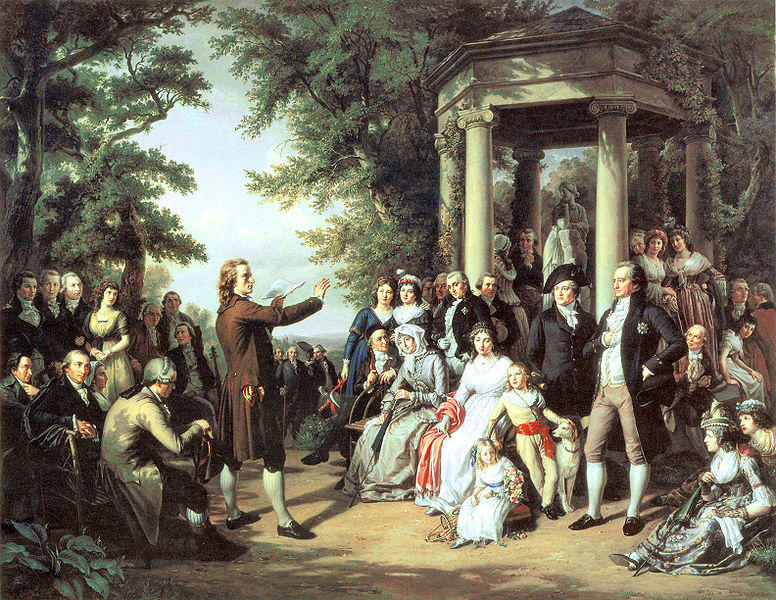The Time of Enlightenment
The Enlightenment age took shape in the 18th century. This was an intellectual movement that revolutionalized Western thought and cultures from the traditional political and social orders. Enlightenment ideas that followed espoused ideals which stressed human freedom and equality for all (Dupré 20). This Enlightenment started with the scientific revolution that had begun with the scientific intellectual movement. Thinkers, artists, and writers resident in London and Paris felt more enlightened and, thus, needed to enlighten their colleagues elsewhere on the “rights of man” and “the goals of society “(Israel 75). That advanced the idea of an ideal society.
The Enlightenment age was driven by an enthusiasm to find ways of restoring human dignity as well as value. Thus, most enlightenment age thinkers saw human reason as the only means to fight ignorance, superstition, and any other tyranny in which most societies found themselves entangled. Personal independence as well as individual freedoms were issues that concerned many thinkers. The mental attitudes of many people needed re-invigoration.
The Enlightenment Age saw popular ideas, beliefs, and even artistic styles take shape. Issues to do with religion, especially the grip of the Catholic church on society, formed the basis of the French Enlightenment thinkers. The church was seen as having reduced people to puppets who could not reason and have a rational judgment on issues that they faced. Enlightenment thinkers equally targeted the aristocracy. They felt that such domination of society by a privileged few was not good. Thus, the 18th century Enlightenment movement felt that the human race was to be celebrated. This is in line with what “humanist” philosophers thought between the 14th and 15th centuries. Theist philosophers in this period believed that God created human beings to be thinkers. More and more Renaissance humanists challenged the church authority. For instance, Martin Luther started asking critical questions about the church in the sixteenth century. He did this by starting a Protestant wing of the Church. Francois Rabelais, a French Monk, and physician, viewed most religious doctrines as a mere absurdity.
Impact of Humanistic Thinking
Due to more emphasis on reason over superstition, the arts started getting cultivated. Also, learning, art, and music were encouraged. Other areas included philosophy, literature, and natural science. Public concerts became popular as musicians greatly relied on their support. Great composers’ fame rose. For instance, Mozart and Handel became know all over the world. This was in line with the Enlightenment ideals.
Ideas were now being disseminated like never before as many venues opened up. Schools and universities sprung up in Germany and Scotland. In France, a medical school at Montpellier got established. Thus, the book industry grew as more people wanted reading material. There was a reading revolution (Kramnick 36).
Coffee houses got opened. These houses proved to be informal places where people could meet and discuss issues freely. The coffee houses developed into “penny universities.” Debating societies also sprung up. The public could meet and debate issues.
Painting
Theobald von Oer’s painting below clearly demonstrates the expression of the spirit of that age. The painting shows Weimarer’s Courtyard of the muses. German Enlightenment had expanded in music, science as well as literature. In the painting, one can see Johann Gottfried von Herder (1744 -1832) and Friedrich Schiller (1759 -1805), a poet and historian, and an enthusiastic audience listening to the speaker. This is typical of the enthusiasm that characterized the age.

Works Cited
Dupré, Louis. The Enlightenment and the Intellectual Foundations of Modern Culture. New Haven: Yale University Press, 2004. Print
Israel, Jonathan. Radical Enlightenment: Philosophy and the Making of Modernity 1650–1750. Oxford: Oxford University Press, 2001. Print
Kramnick, Isaac. The Portable Enlightenment Reader. New York: Penguin Press Penguin Press, 1995. Print
Theobald, Oer. Schiller Liest in Tiefurt Wei. Houston: Halliburton, 1860. Print